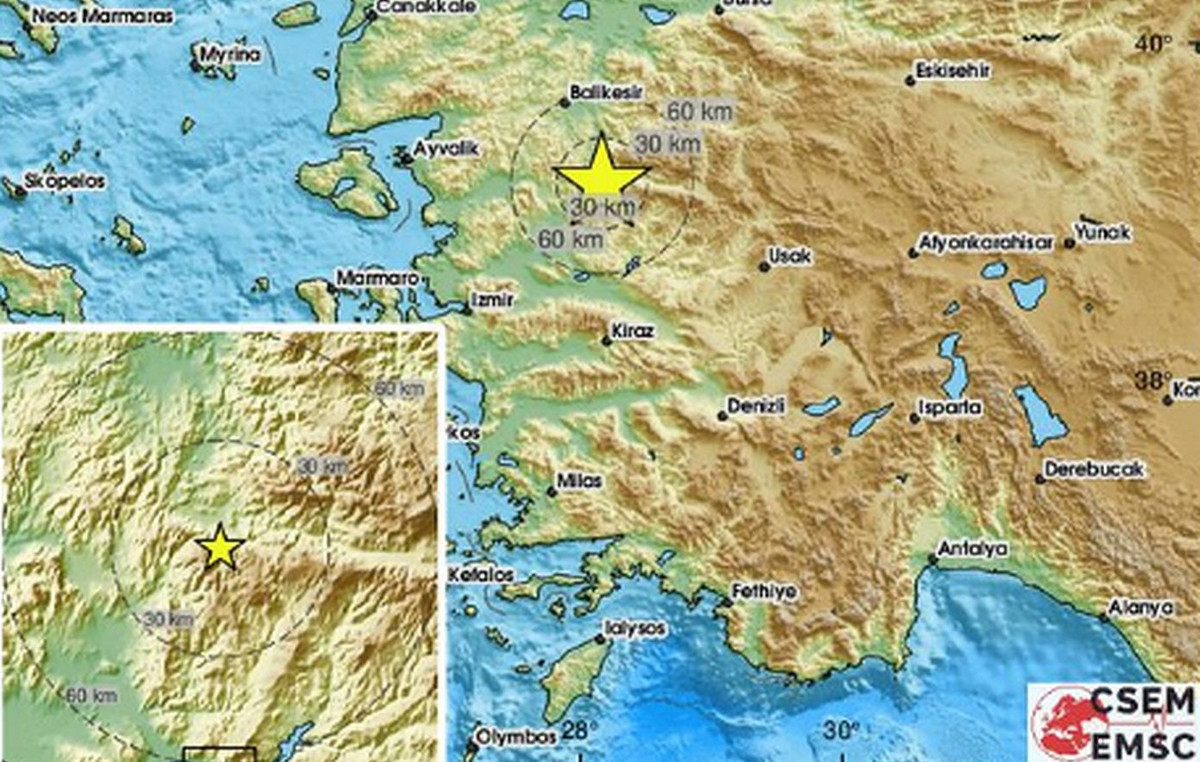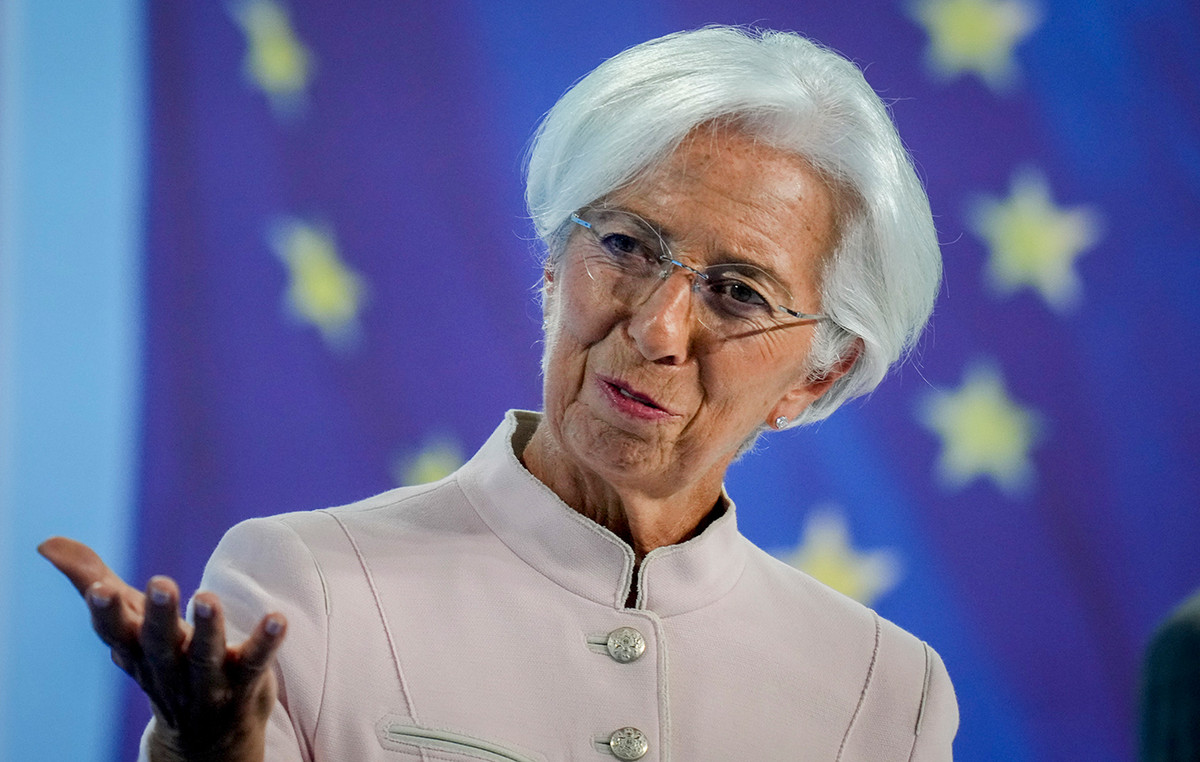- Australia’s gross domestic product is expected to post a modest annual increase of 1%.
- The Reserve Bank of Australia will monitor GDP figures ahead of its September meeting.
- The Australian Dollar is likely to extend its decline on tepid figures expected.
Australia is set to release gross domestic product (GDP) figures on Wednesday. The Australian Bureau of Statistics (ABS) is expected to report that the economy grew by 0.3% in the second quarter (Q2) of the year and by 1% in the 12 months to June. Annual growth in the first quarter was 1.1%. If the expected 1% is confirmed, it will be the slowest pace of growth since the coronavirus-induced recession in 2020.
What to expect from the second quarter GDP report
As mentioned above, the Australian economy is expected to have grown by 1% in the year to June. But what does that mean for the Australian Dollar (AUD)?
Despite tepid growth, the Reserve Bank of Australia (RBA) is among those keeping interest rates unchanged at multi-year highs. The official cash rate (OCR) was last raised in November 2023 and currently stands at 4.35%. What’s more, the RBA is far from cutting interest rates as inflationary pressures have remained high.
And there is good reason for this. The latest available data show that consumer prices rose by 3.5% in the year to July, below the 3.8% pace recorded in the 12 months to June. The RBA’s mandate is to keep annual consumer price inflation between 2% and 3%.
However, high interest rates often translate into slower economic progress due to higher financing costs. To stimulate growth, the central bank would need to reduce the OCR. The tricky thing is that boosting the economy is not within the RBA’s mandate.
Theoretically, growth-related figures should not affect policymakers’ decisions. Yet they do. RBA officials will not acknowledge concerns about them, but will instead keep the focus on inflation.
Meanwhile, core inflation in Australia rose during the first half of the year, raising speculation that the RBA could raise interest rates. Since the last meeting, inflation has eased modestly, and market participants are willing to believe that the OCR has peaked.
How can the GDP report affect the Australian Dollar?
The GDP report will be released on Wednesday at 01:30 GMT, and market participants will likely assess how the outcome could impact the RBA’s upcoming decision. Faster than anticipated growth will have a positive impact on the AUD as it will reflect not only economic progress but also stoke fears of higher interest rates.
On the other hand, weaker than expected progress could trigger multiple alarm bells. Not only will it push the AUD lower, but it will also fuel speculation that the RBA should speed up the decision to cut interest rates, which will also negatively impact the local currency.
Valeria Bednark, Chief Analyst at FXStreet, adds: “The Aussie is under strong selling pressure ahead of the announcement, with AUD/USD trading around 0.6740. The pair fell amid rising risk aversion ahead of the release of United States (US) employment-related figures scheduled for the rest of the week. The US Dollar is benefiting from the gloomy mood, which means that AUD/USD could easily pierce the 0.6700 mark on lower-than-expected GDP figures. The next support lies at 0.6660, en route to the 0.6630 price zone.”
Bednarik also notes: “Upbeat figures could trigger short-term demand for the AUD, but if risk aversion persists, gains could be limited. Furthermore, AUD/USD could resume its decline after the dust settles. The 0.6780 region is the immediate upside target, followed by the 0.6810 price zone. Sellers could re-emerge around the latter, if GDP records a modest increase. Finally, bumper growth data could push the pair further higher, with AUD/USD eyeing a test of the 0.6840 area.
Economic indicator
Gross Domestic Product (YoY)
The GDP is published by the Australian Bureau of Statistics and is an estimate of the total value of goods, services and structures produced in Australia. It is a crude measure of economic activity because it indicates the pace of growth of a country’s economy. A reading above expectations is bullish for the Australian dollar, while a reading below expectations is bearish.
Next post:
Wed Sep 04, 2024 01:30
Frequency:
Quarterly
Dear:
1%
Previous:
1.1%
Fountain:
Australian Bureau of Statistics
The Australian Bureau of Statistics (ABS) releases the Gross Domestic Product (GDP) on a quarterly basis. It is released about 65 days after the quarter ends. The indicator is closely watched as it paints an important picture for the economy. A strong labour market, rising wages and increasing private capital expenditure data are critical to the country’s improved economic performance, which in turn affects the Reserve Bank of Australia’s (RBA) monetary policy decision and the Australian dollar. Actual figures that beat estimates are seen as bullish for the AUD as it could prompt the RBA to tighten its monetary policy.
GDP FAQs
A country’s gross domestic product (GDP) measures the growth rate of its economy over a given period of time, usually a quarter. The most reliable figures compare GDP with the previous quarter (for example, Q2 2023 with Q1 2023) or with the same period a year earlier (for example, Q2 2023 with Q2 2022).
Annualized quarterly GDP figures extrapolate the quarter’s growth rate as if it were constant for the rest of the year. However, they can be misleading if temporary shocks affect growth in one quarter but are unlikely to last the entire year, as was the case in the first quarter of 2020 with the outbreak of the coronavirus pandemic, when growth plummeted.
A higher GDP result is usually positive for a nation’s currency, as it reflects a growing economy, which is more likely to produce goods and services that can be exported, as well as attract more foreign investment. Similarly, when GDP falls it is usually negative for the currency.
When an economy grows, people tend to spend more, which causes inflation. The country’s central bank then has to raise interest rates to combat inflation, with the side effect of attracting more capital inflows from global investors, which helps the local currency appreciate.
When an economy grows and GDP increases, people tend to spend more, which causes inflation. The country’s central bank then has to raise interest rates to combat inflation. Higher interest rates are negative for Gold because they increase the opportunity cost of holding Gold versus putting the money in a cash deposit account. Therefore, a higher GDP growth rate is usually a bearish factor for the price of Gold.
Source: Fx Street
I am Joshua Winder, a senior-level journalist and editor at World Stock Market. I specialize in covering news related to the stock market and economic trends. With more than 8 years of experience in this field, I have become an expert in financial reporting.







